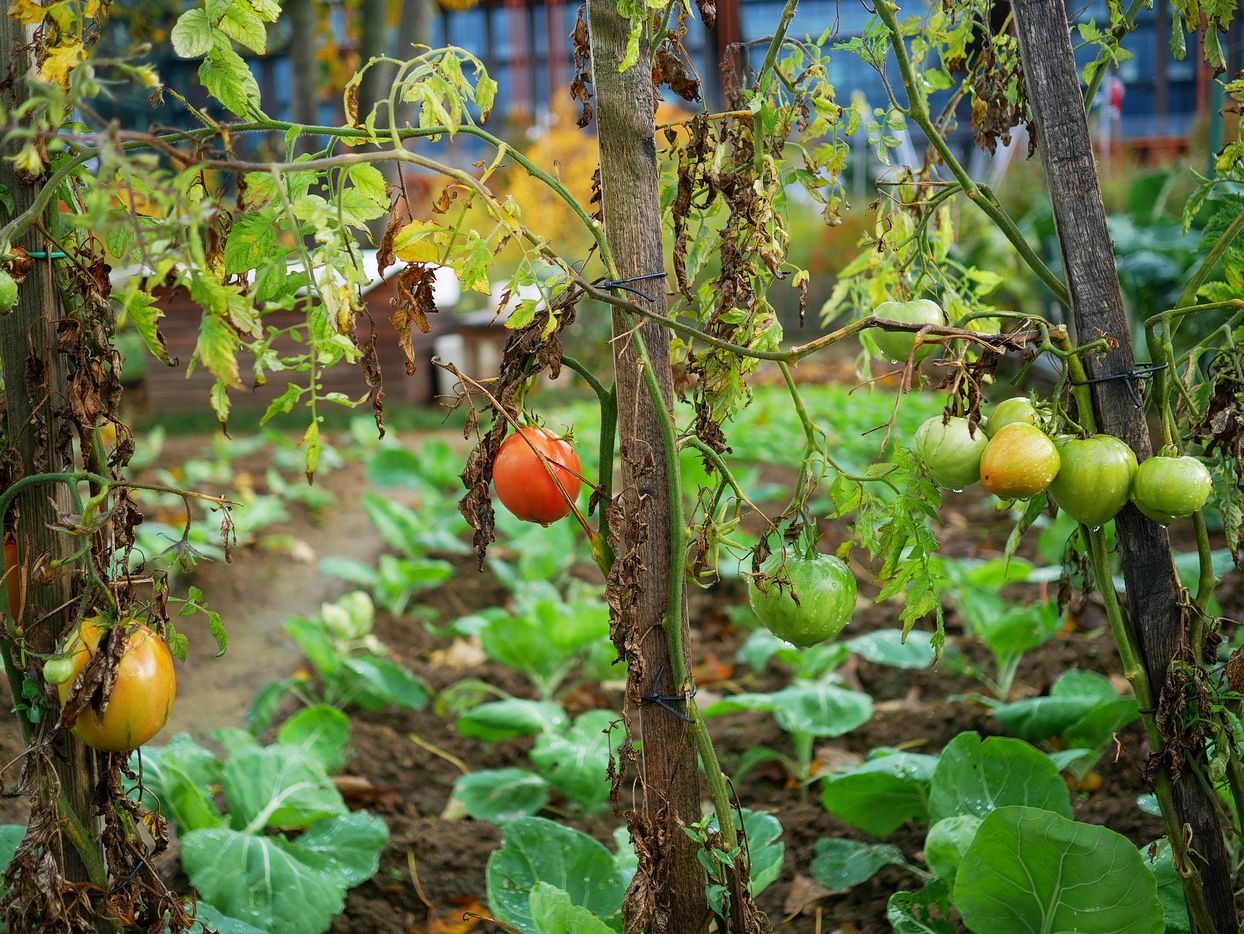Fin de saison aux jardins ouvriers
Les jardins ouvriers se sont développés à la fin du 19ème siècle lorsque des populations rurales d?origine française et étrangère arrivèrent dans les grandes villes industrielles pour travailler. La culture potagère avait pour objectif d'apporter un équilibre social à ces nouveaux arrivants, elle devait lutter contre l'oisiveté, mère de tous les vices selon le fondateur des jardins ouvriers, l?abbé et député Lemire. Si l'alcoolisme étaient particulièrement visé à l'époque, ici à Saint-Ouen à partir de 1922 la direction de Jeumont-Schneider puis celle d'Alstom ont aussi concédé des lopins de terre aux ouvriers pour les éloigner des activités syndicales et leur assurer un complément de salaire. Pour des raisons alimentaires les jardins ouvriers se développent fortement entre la première et la deuxième guerre mondiale avant de connaître un certain dédain durant les trente glorieuses. Ces dernières années, ils bénéficient d'un regain d'intérêt pour leurs vertus hygiéniques, écologiques, éducatives et sociales.
End of season at the allotments
Allotments developed at the end of the 19th century when rural populations of French and foreign origin arrived in the large industrial cities to work. The aim of vegetable growing was to provide a social balance for these new arrivals, and to combat idleness, the mother of all vices, according to the founder of the allotments, the abbot and deputy Lemire. If alcoholism was particularly targeted at the time, here in Saint-Ouen from 1922 onwards the management of Jeumont-Schneider and then Alstom also granted plots of land to workers to keep them away from trade union activities and to provide them with additional pay. For food reasons, allotments developed strongly between the first and second world wars before being disregarded during the thirty glorious years. In recent years, they have received renewed interest for their hygienic, ecological, educational and social virtues.












